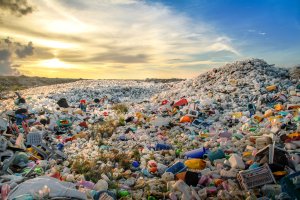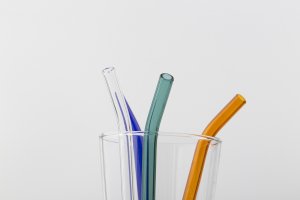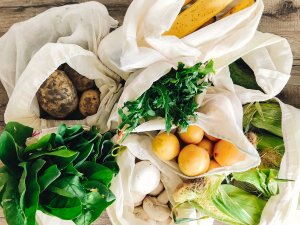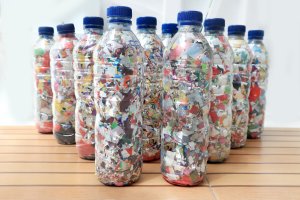Climate Action at Home: Consider our use of plastic
January 17, 2024
By Jolene Weick, Park Interpreter
The suggestion that something might last forever is a bit absurd. Shakespeare said it, “forever and a day”, Peter Pan lives it as an immortal boy, and Jay-z sang it “Young Forever”. These are all works of fiction, of course, but some things really do last forever, at least nearly forever. Actually, I’d even go as far as to say a lot of things do. Your grocery bags, your water bottles, your toothbrush, the hula dancing statue on your dash, your dash itself! Are you seeing the connection? Plastic. Plastic never goes away. It takes nearly 500 years for plastics to break down, even then it’s still not truly gone.

We encounter plastics every day, even if we don’t realize it. Stop and look around you. If you’re on a computer, look at the keyboard. If you’re holding your phone, does it have a case? What about the clothes you’re wearing, what material are they? The ends of your shoelaces have aglets (ya know, the plastic piece on the ends). Take a look in your fridge, your condiments, your vegetables, your meat, all packaged in plastics. These types of plastics are especially problematic, as they’re only able to be used once. Your Tupperware, sunglasses, and car key fob aren’t off the hook, but they do impose less of a threat on the environment since they are reused. Limiting the abundance of single use plastics is a lot simpler than you may think. Switching out a few of your everyday items for reusable is better not only for the environment, but your health as well.
Many of the plastic products that we throw away break down into smaller pieces and can become microplastics. Microplastics are any piece of plastic 5mm or smaller. At this size, they take even longer to decompose. We’re finding microplastics in our water, our food, even in our bloodstream. They cause

significant harm to wildlife, especially the aquatic life that consume them. It’s still unknown how microplastics affect us and our health. Single use plastics are the main source of microplastics, although there are some that are sourced from commercial items such as clothes or cosmetics. There are many products out there made of plastic that can be completely avoided. Plastic cups, straws, excessive food packaging, and grocery bags all have alternatives. Glass or metal reusable straws can be easily thrown into a bag and brought with you to a restaurant.
Many grocery stores are trying to get away from plastic bags. Most now sell reusable bags that you can bring back every time you shop. Some even incentivize reusing bags by offering discounts or shorter checkout lines. If you forget your bags at home and have no other option but using plastic bags, most stores have recycle bins just for bags.

Sometimes single use plastics are just unavoidable. Most of our candies are wrapped individually, soft drinks at fast food restaurants come in plastic cups, most snacks such as potato chips can only be bought in a plastic bag. In order to combat these products going into landfills, a movement called ecobricking was created. This is where clean, dry plastic pieces are stuffed into a plastic bottle so densely that the end product can be used in place of actual bricks to build structures.

Next time you reach for something, take a deeper look and consider if there’s a sustainable alternative.
